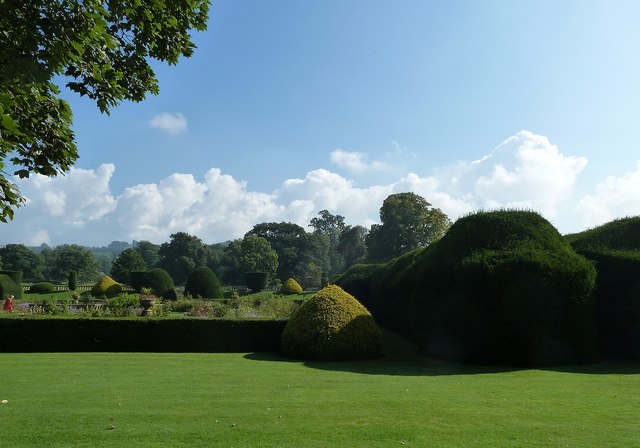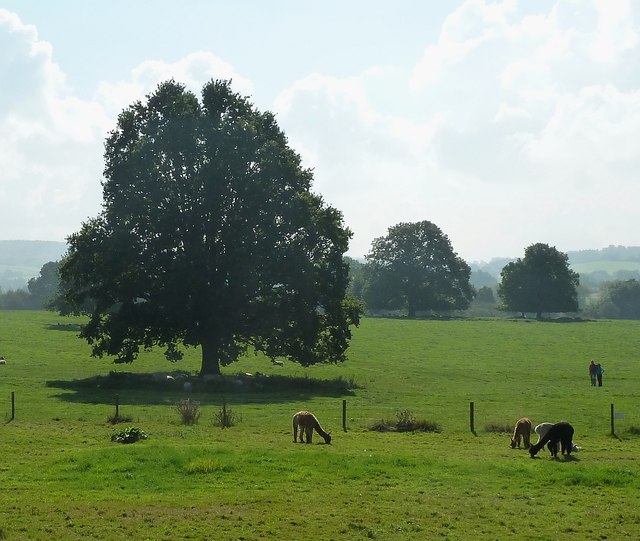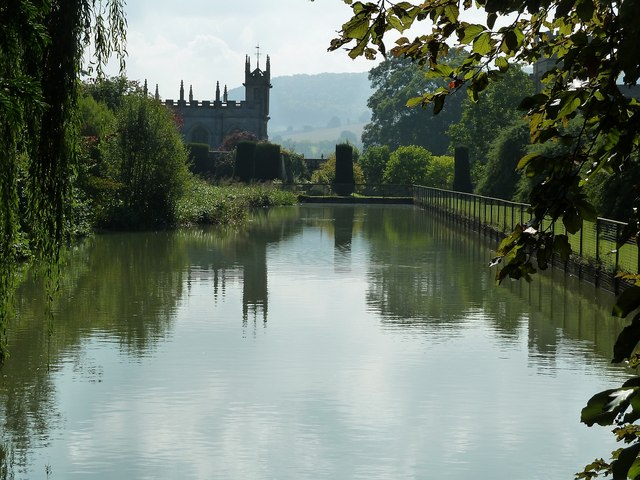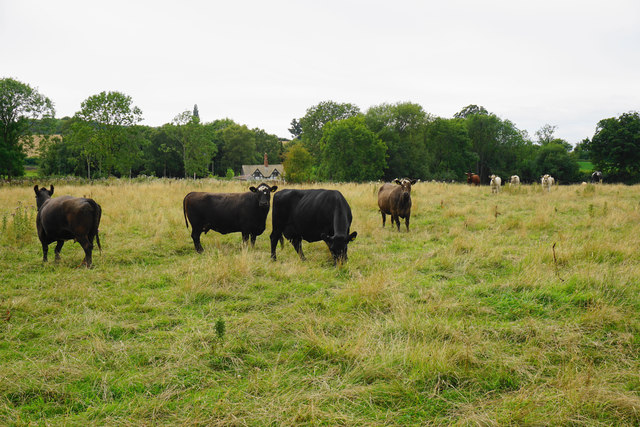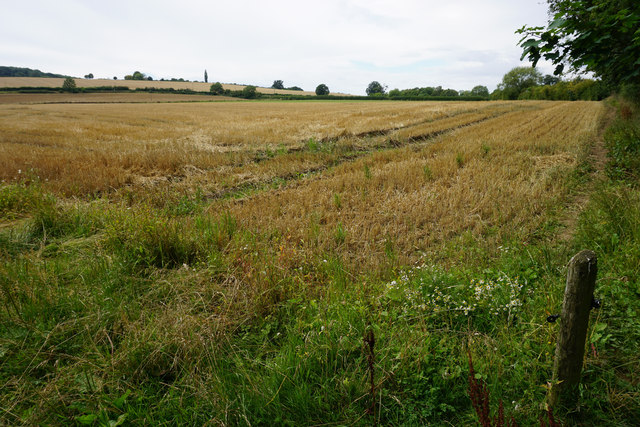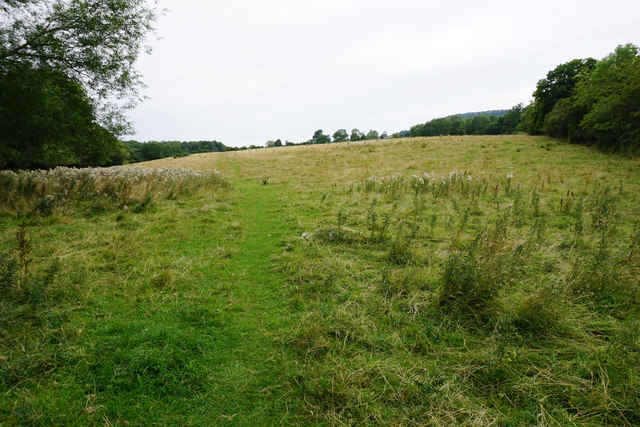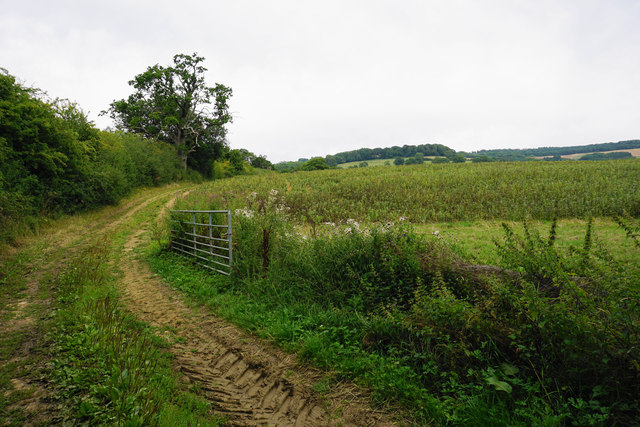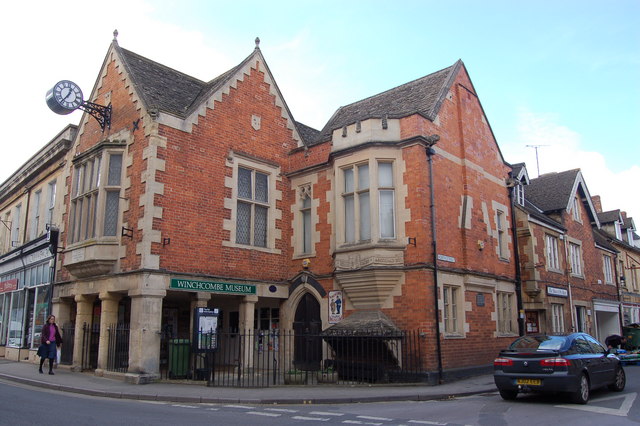Round Hill
Hill, Mountain in Gloucestershire Tewkesbury
England
Round Hill
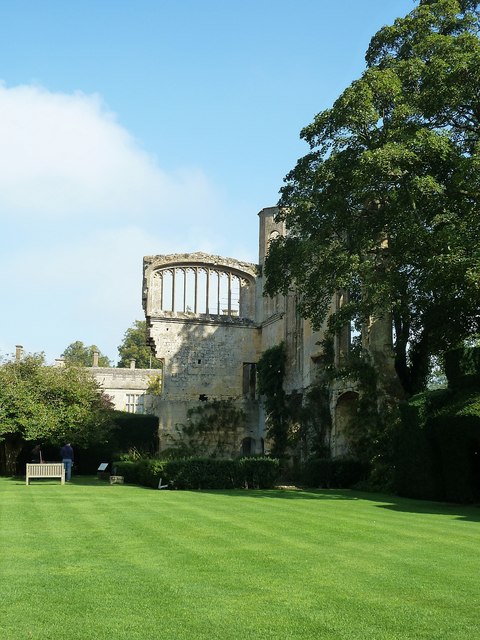
Round Hill is a prominent hill situated in the county of Gloucestershire, England. It is located in the Cotswolds, a designated Area of Outstanding Natural Beauty. Rising to an elevation of 402 meters (1319 feet), Round Hill is considered one of the highest points in the region.
The hill is characterized by its rounded shape, hence the name "Round Hill." Its summit offers panoramic views of the surrounding countryside, including picturesque villages, rolling hills, and lush valleys. On a clear day, it is said that one can even catch a glimpse of the Welsh mountains in the distance.
Round Hill is primarily covered in grassland, dotted with patches of dense woodland. This diverse habitat supports a variety of flora and fauna, making it an important site for nature enthusiasts and wildlife lovers. The hill is home to several species of birds, including buzzards, kestrels, and owls, as well as small mammals like rabbits and foxes.
Visitors to Round Hill can enjoy a range of recreational activities, such as hiking, walking, and picnicking. There are well-marked trails that lead to the summit, providing an opportunity to explore the hill's natural beauty. Additionally, the surrounding area offers opportunities for cycling, horseback riding, and wildlife spotting.
Round Hill's tranquil setting and stunning vistas make it a popular destination for locals and tourists alike. Whether one seeks outdoor adventure or simply wishes to immerse themselves in the idyllic countryside, Round Hill offers a captivating experience.
If you have any feedback on the listing, please let us know in the comments section below.
Round Hill Images
Images are sourced within 2km of 51.9455/-1.9291609 or Grid Reference SP0427. Thanks to Geograph Open Source API. All images are credited.
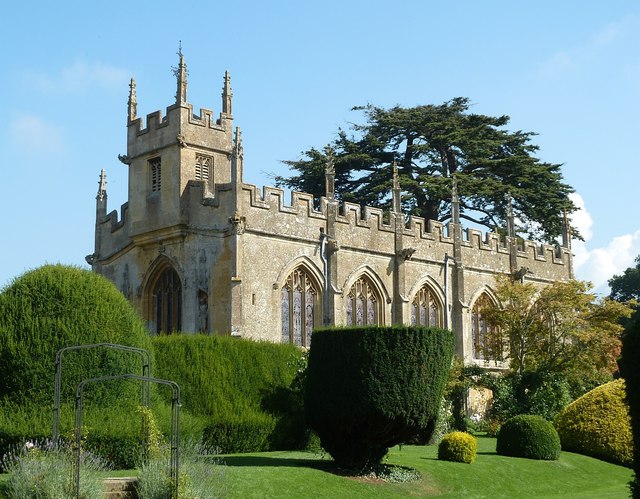
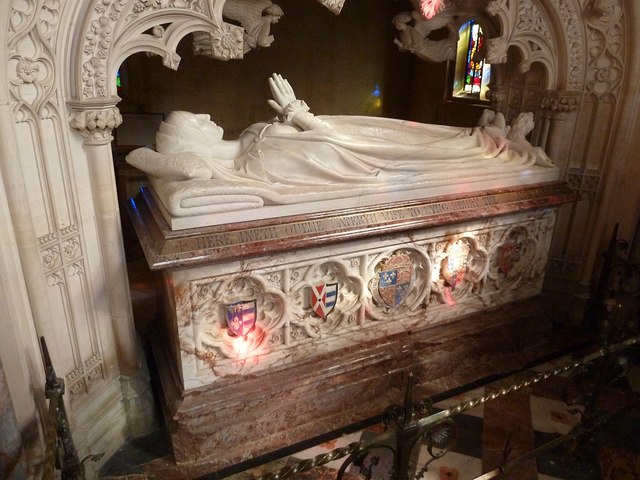
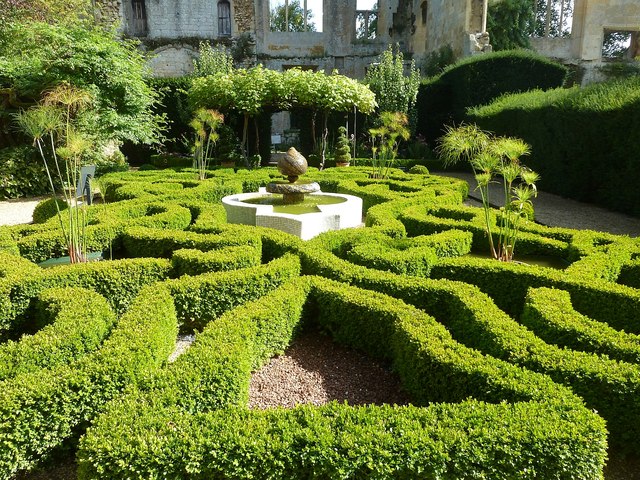
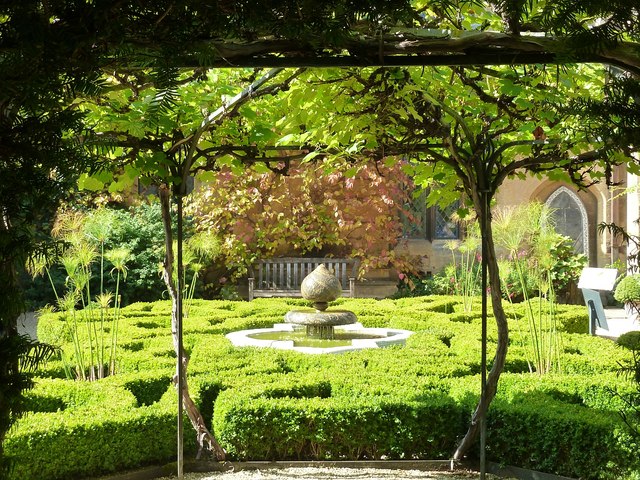
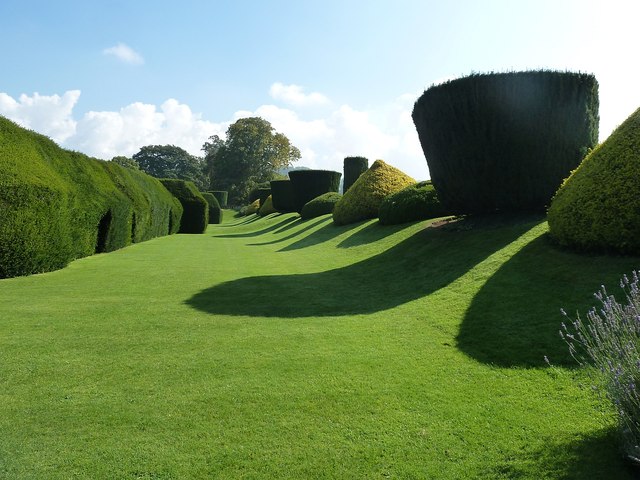
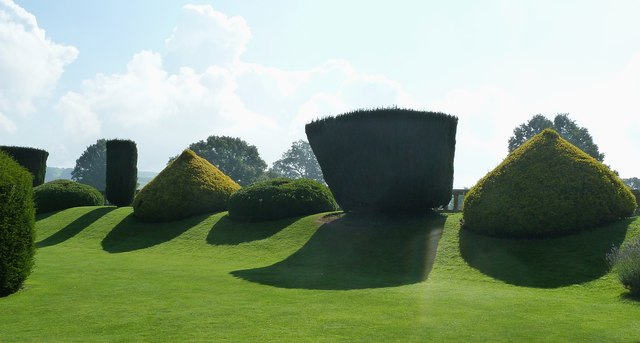
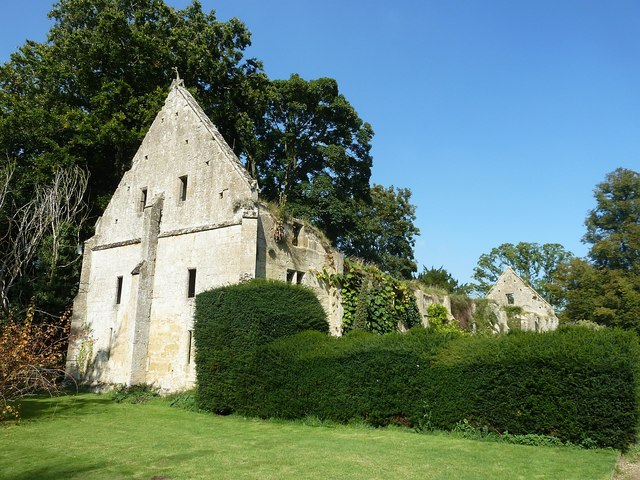
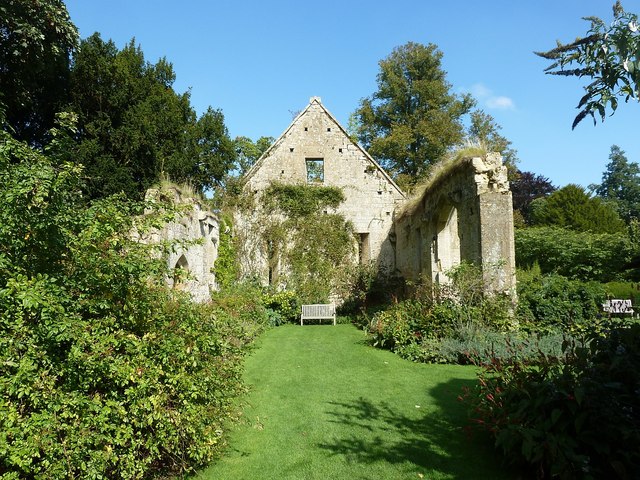
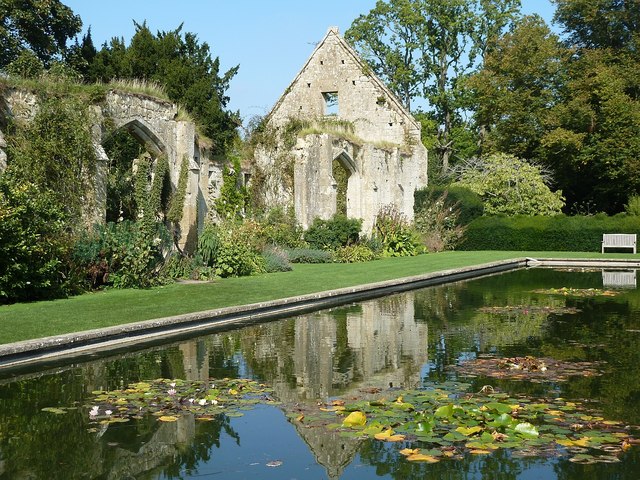
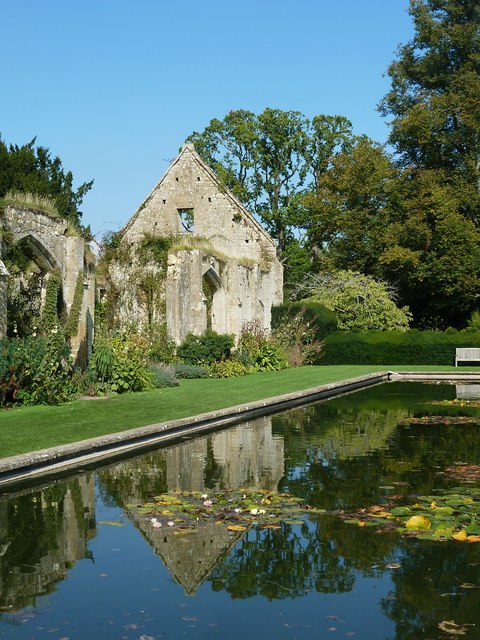
Round Hill is located at Grid Ref: SP0427 (Lat: 51.9455, Lng: -1.9291609)
Administrative County: Gloucestershire
District: Tewkesbury
Police Authority: Gloucestershire
What 3 Words
///winning.branching.fresh. Near Winchcombe, Gloucestershire
Related Wikis
Farmcote Grange
Farmcote Grange was a medieval monastic grange at Farmcote in Gloucestershire, England. It was a grange of Hailes Abbey. == References ==
St Faith, Farmcote
St Faith, Farmcote is a chapel of ease in Farmcote, Gloucestershire, two miles west-north-west of Temple Guiting. It has been designated by English Heritage...
Farmcote
Farmcote is a hamlet in the Cotswolds in Gloucestershire, England. It lies 2 miles (3.2 km) east of the town of Winchcombe and 2 miles (3.2 km) west of...
Spoonley Wood Roman Villa
Spoonley Wood Roman Villa is an ancient Roman villa located 2 km south-east of Sudeley Castle near the town of Winchcombe, in Gloucestershire, England...
Church of St Mary, Temple Guiting
The Anglican Church of St Mary at Temple Guiting in the Cotswold District of Gloucestershire, England was built in the 12th century. It is a grade I listed...
Hailes Abbey
Hailes Abbey is a former Cistercian abbey, in the small village of Hailes, two miles northeast of Winchcombe, Gloucestershire, England. It was founded...
5 North St
5 North St, also known as 5 North Street, is a restaurant located in Winchcombe, Gloucestershire, England, which is owned and run by chef Marcus Ashenford...
Winchcombe Town Hall
Winchcombe Town Hall is a municipal building in the High Street, Winchcombe, Gloucestershire, England. The structure, which accommodates the Winchcombe...
Nearby Amenities
Located within 500m of 51.9455,-1.9291609Have you been to Round Hill?
Leave your review of Round Hill below (or comments, questions and feedback).
